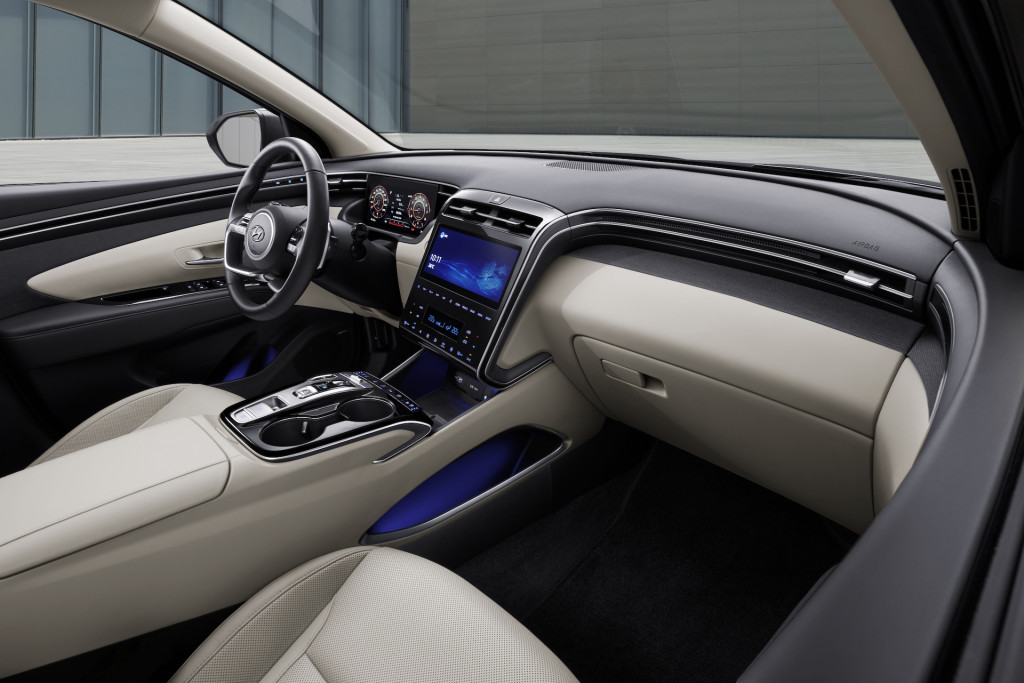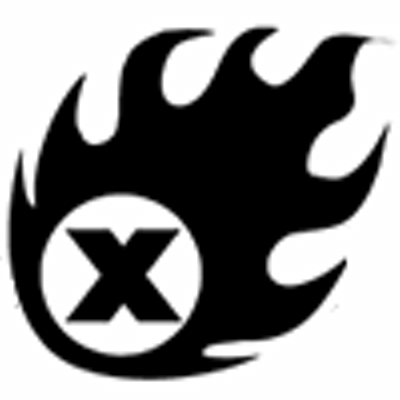Far too many crossover SUVs fade into traffic with their cookie cutter-designs. The 2022 Hyundai Tucson won’t be one of them.
Hyundai unveiled the 2022 Hyundai Tucson on Monday, and not only does the brand’s global best-seller feature a bold design, but it also gets efficient powertrains, an upscale cabin, and plenty of technology.
While Hyundai will offer short- and long-wheelbase models, the U.S. market will only offer the longer version. However, the U.S. is scheduled to get all three powertrains: gas, hybrid, and plug-in hybrid. It’s expected to hit U.S. dealers in the first half of 2021 as a 2022 model.
The new Tucson’s powertrain options start with a 2.5-liter 4-cylinder making 190 horsepower and 182 pound-feet of torque. It is mated to an 8-speed automatic transmission.
Both the hybrid and plug-in hybrid feature a 1.6-liter turbo-4 that spins up 190 hp and 195 lb-ft of torque. Combined with the hybrid system, output rises to 230 hp and 258 lb-ft of torque. Hyundai did not say how many motors the hybrid system will use or where they will be located. The engine in both hybrids features a new continuously variable valve technology that varies how long the valves are open to improve power, efficiency, and emissions, according to Hyundai.
Hyundai said it will offer an N-Line model at a later date, possibly with a more-powerful gasoline engine.
Hyundai will sell the Tucson with front- or all-wheel drive. Drivers will be able to choose from Eco, Comfort, Smart, and Sport driving modes, plus new Mud, Sand, and Snow modes when they choose all-wheel drive.
The Tucson hybrids get a system Hyundai said improves directional stability and steering response in corners and on slippery roads. We don’t yet know how this system, called E-Handling, will work.

2022 Hyundai Tucson
The most striking element of the Tucson is its design. It incorporates sports car cues in an SUV shape with geometric lines that hint at the technology that lays within. The sports car traits include short front and rear overhangs and bulging fenders outlined with those angular geometric shapes. Up front, the grille design flows into the headlights and daytime running lights to provide a full-width look. A full-width taillight echoes the front end design.
For as wild as the look is outside, it’s more traditional and upscale inside. The dash features a hoodless digital instrument cluster and a standard 8.0-inch center screen with Apple CarPlay and Android Auto compatibility. Higher-line models will have dual, vertically stacked 10.3-inch touchscreens for infotainment and climate controls. Soft-touch surfaces adorn the areas the driver is likely to touch, and Hyundai will offer 64 colors of ambient lighting that add to the high-end appeal.
Drivers will be able to use their smartphone as a key and control some functions remotely, like unlocking the doors and starting the engine to pre-condition the interior. A Bose audio system will be available, and an external calendar app will let buyers see their schedules from inside the vehicle. A car-to-home feature will also allow owners to control smart home appliances from the car.
In some markets, the dual-zone climate control system will monitor air pollution and purify the air in the vehicle, Hyundai said. The system will also reduce moisture from the evaporator and clean the air-conditioning system to keep it odor-free.
The three-passenger rear seat moves forward and back to balance passenger comfort with cargo capacity, which tops out at 38.7 cubic feet behind the rear seats.
The safety features will be extensive. Standard equipment will include forward-collision warnings with pedestrian detection, automatic emergency braking, active lane control, blind-spot cameras and monitors, automatic high beams, a driver-attention monitor, a surround-view camera system, reverse-collision warnings, and an automatic parking feature. Also available will be blind-spot collision avoidance, rear cross-traffic alerts, adaptive cruise control, and an exit warning system.
Hyundai hasn’t yet announced prices or the model lineup for the fourth-generation Tucson. Look for that information closer to launch.

Leave a Reply